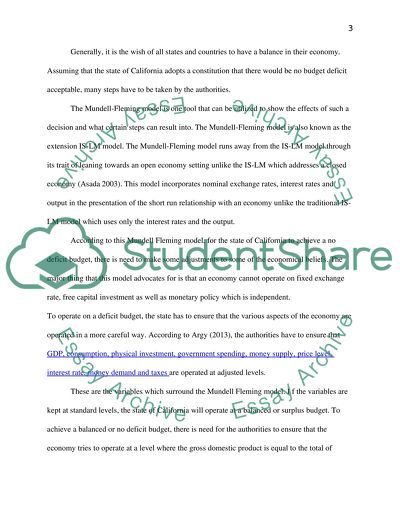Cite this document
(“Intermediate Macroeconomics / Managing the Economy: August Coursework: Essay”, n.d.)
Intermediate Macroeconomics / Managing the Economy: August Coursework: Essay. Retrieved from https://studentshare.org/macro-microeconomics/1474186-intermediate-macroeconomics-managing-the-economy
Intermediate Macroeconomics / Managing the Economy: August Coursework: Essay. Retrieved from https://studentshare.org/macro-microeconomics/1474186-intermediate-macroeconomics-managing-the-economy
(Intermediate Macroeconomics / Managing the Economy: August Coursework: Essay)
Intermediate Macroeconomics / Managing the Economy: August Coursework: Essay. https://studentshare.org/macro-microeconomics/1474186-intermediate-macroeconomics-managing-the-economy.
Intermediate Macroeconomics / Managing the Economy: August Coursework: Essay. https://studentshare.org/macro-microeconomics/1474186-intermediate-macroeconomics-managing-the-economy.
“Intermediate Macroeconomics / Managing the Economy: August Coursework: Essay”, n.d. https://studentshare.org/macro-microeconomics/1474186-intermediate-macroeconomics-managing-the-economy.


